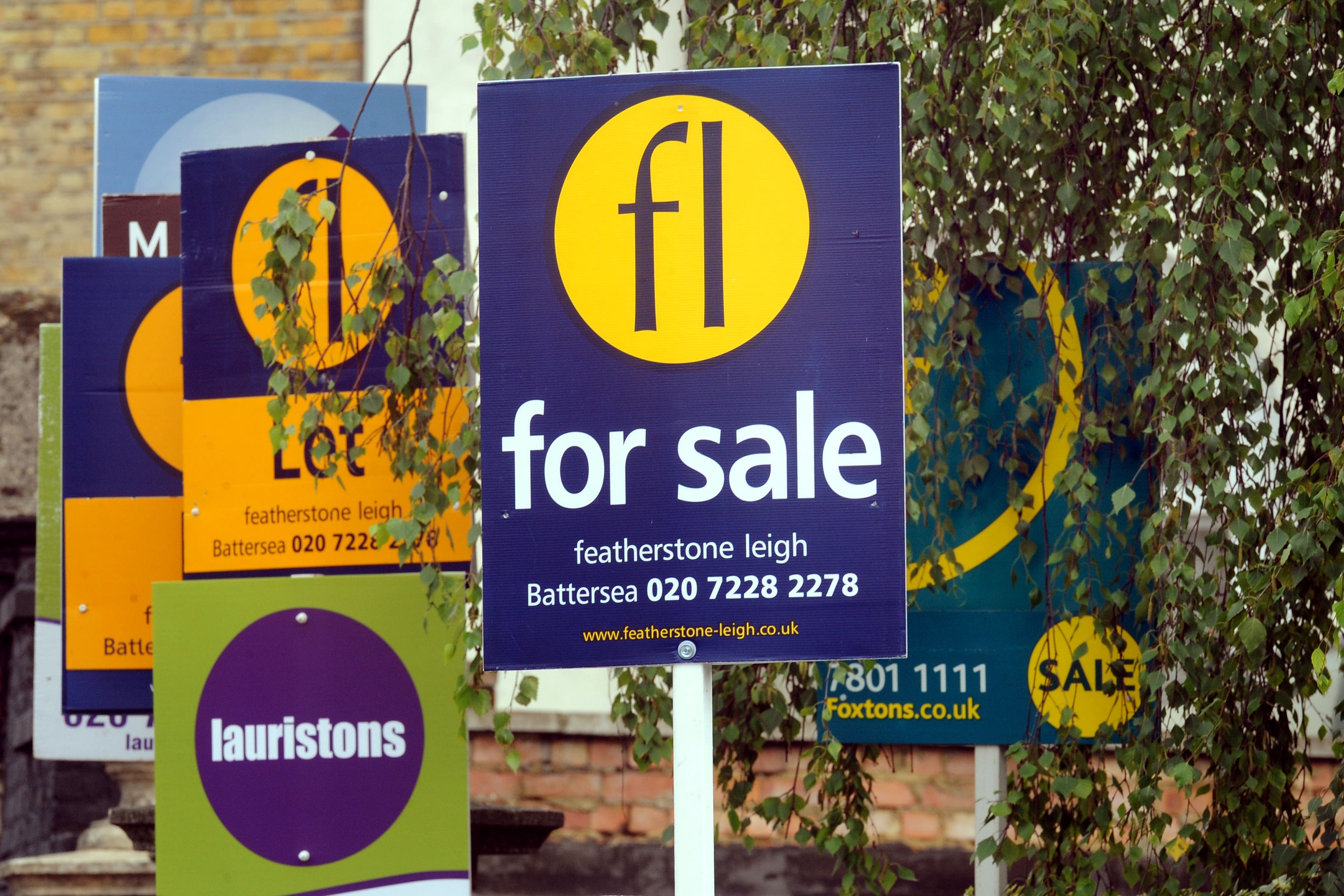More households and businesses expected to default on loans in coming months
The Credit Conditions Survey asked banks and building societies about changes they expect to see between September and November.

Your support helps us to tell the story
From reproductive rights to climate change to Big Tech, The Independent is on the ground when the story is developing. Whether it's investigating the financials of Elon Musk's pro-Trump PAC or producing our latest documentary, 'The A Word', which shines a light on the American women fighting for reproductive rights, we know how important it is to parse out the facts from the messaging.
At such a critical moment in US history, we need reporters on the ground. Your donation allows us to keep sending journalists to speak to both sides of the story.
The Independent is trusted by Americans across the entire political spectrum. And unlike many other quality news outlets, we choose not to lock Americans out of our reporting and analysis with paywalls. We believe quality journalism should be available to everyone, paid for by those who can afford it.
Your support makes all the difference.Lenders expect the availability of mortgages and consumer and corporate credit to shrink in the coming months as more people and businesses default on loans, according to a Bank of England survey.
Default rates on mortgages, credit cards and other household loans and business loans are expected to push upwards in the months ahead.
The Credit Conditions Survey asked banks and building societies about changes they expect to see between September and November, compared with the three months between June and August.
Lenders reported that mortgage availability to households had already decreased in the three months to the end of August – and is expected to fall further in the next few months.
The availability of non-mortgage credit to households has also decreased slightly and is expected to fall further.
The overall availability of credit to businesses has remained unchanged and is predicted to decrease slightly in the months ahead.
The latest survey was carried out between August 30 and September 16 – a period before the mini-budget, which took place on September 23.
The number of available mortgages nosedived in the days following the mini-budget amid market volatility. As deals have returned, average mortgage rates have been heading upwards.
Figures released by Moneyfacts.co.uk on Thursday indicated that there has been some steadying in average mortgage rates in the past couple of days, following the rapid increases.
The average two-year fixed-rate mortgage is now 6.46%, which is unchanged from Wednesday.
A typical five-year fixed-rate mortgage is 6.28%, edging down slightly from 6.32% on Wednesday.
On the day of the mini-budget, the average two-year fixed deal was 4.74% and the average five-year fixed mortgage was 4.75%.
Bank of England base rate rises, amid high inflation, have been a factor in pushing up borrowing costs in recent months, and further base rate increases are expected.
Back at the start of December last year, two-year and five-year fixed mortgages stood at 2.34% and 2.64% respectively on average.
Andrew Wishart, a senior property economist at Capital Economics, said that while the latest survey does not capture the market turmoil of recent weeks “nonetheless, it shows rising interest rates and the darkening outlook were already weighing on both the availability of and demand for credit”.
The Bank of England’s survey results are based on lenders’ responses and do not necessarily reflect its own views.
The higher cost of borrowing will mainly hit those seeking larger-sized loans
The survey also found that lenders expect demand for mortgages from home-buyers to fall in the next few months, but they believe demand for re-mortgaging will increase.
Demand for credit card borrowing is also expected to increase slightly but the length of interest-free periods on new credit cards for purchases is expected to fall.
Lenders also expect to see a slight rise in demand for loans from small businesses and unchanged levels of demand from medium and large businesses.
Richard Donnell, executive director at property website Zoopla, said: “We have seen a spike in asking prices being cut but at levels that remain below what we saw in 2018.
“The impact of weaker demand on pricing will take time to feed through and won’t become clear until the new year as many would-be sellers, especially those without cheap finance, will step back from the market and review what the outlook is like as we enter 2023.
“While we have seen a lot of focus on mortgage rates, it’s important to note that a quarter of buyers don’t use any mortgage and many more have small-sized loans so the higher cost of borrowing will mainly hit those seeking larger-sized loans.”